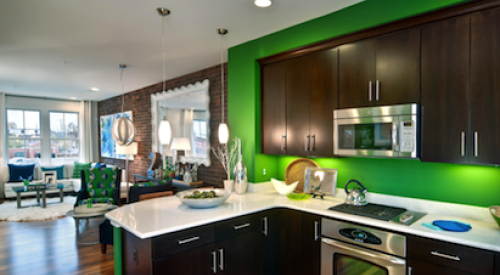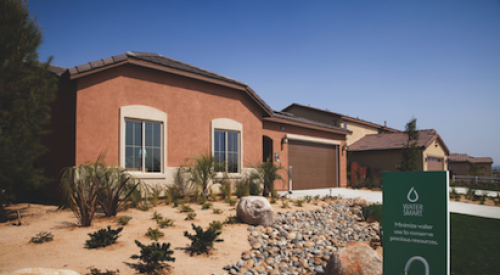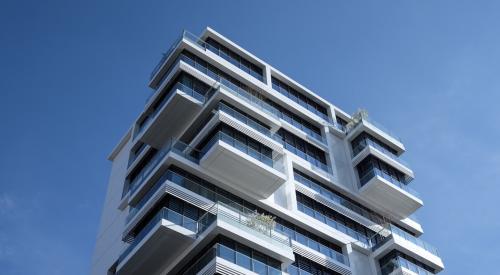|
Heather McCune's Editorial Archives
|
Figuring out the future is an inexact art--or is it a science--at best. Much of what is commonplace in our daily lives today wasn't foreseen a decade ago. What's more, much of what the prognosticators forecast for life in the 21st century hasn't come to pass--yet.
New home builders have no choice but to try and forecast the future every day. With every plot of land purchased and plan drawn, builders are betting on the wants of buyers yet to be. To hedge their bets and improve the odds that their products will be what buyers want, build-ers can consult any number of housing reports compiled by industry think tanks.
The latest such report was recently released by the National Association of Home Builders. "Housing At the Millennium" looks at the facts, figures and trends that have shaped new homes in the past century and will mostly continue to do so in the years ahead.
Based on current preferences and emerging trends, NAHB predicts that home buyers in the second decade of the 21st century will find that the typical new home or new home devel-opment offers:
- 2200 or more square feet.
- Three or more bedrooms.
- Two and a half baths.
- A garage for two or more cars.
- An average lot about 1000 sq. ft. smaller than today.
- Universal design features to allow aging in place.
- The master bedroom and laundry area on the main floor.
- More energy efficient heating and cooling systems.
- More flexible and adaptable interior designs with spaces that can easily be converted for a variety of purposes, including home office space.
- Modular wiring systems.
- High-speed data access.
- More factory-built components which will reduce on-site labor costs.
- More engineered wood products.
- An increased use of steel and concrete.
- An increased use of recycled products.
- Materials and products that require less maintenance.
- Neighborhoods with smaller lots, narrower streets and less paved area.
- More mixed-use communities and neo-traditional designs.
- More homes with security systems, multiple telephone lines, energy management and light control systems.
- An average sales price in the $270,000 to $280,000 range by 2010.
If a lot of the items on this list sound familiar there is a good reason-this list reads a lot like the houses being built today. For example, a typical new home built this year is a two-story with 2000 or more square feet, includes three or more bedrooms, has two and a half bathrooms, a garage for two or more cars, central air conditioning and one fireplace. Studying cur-rent housing preferences, emerging design and construction trends and developing project technologies is the best way to predict the future.
Heather McCune is the Editor-in-Chief for Professional Builder and Luxury Home Builder. Please email her with any comments or questions regarding her column.












